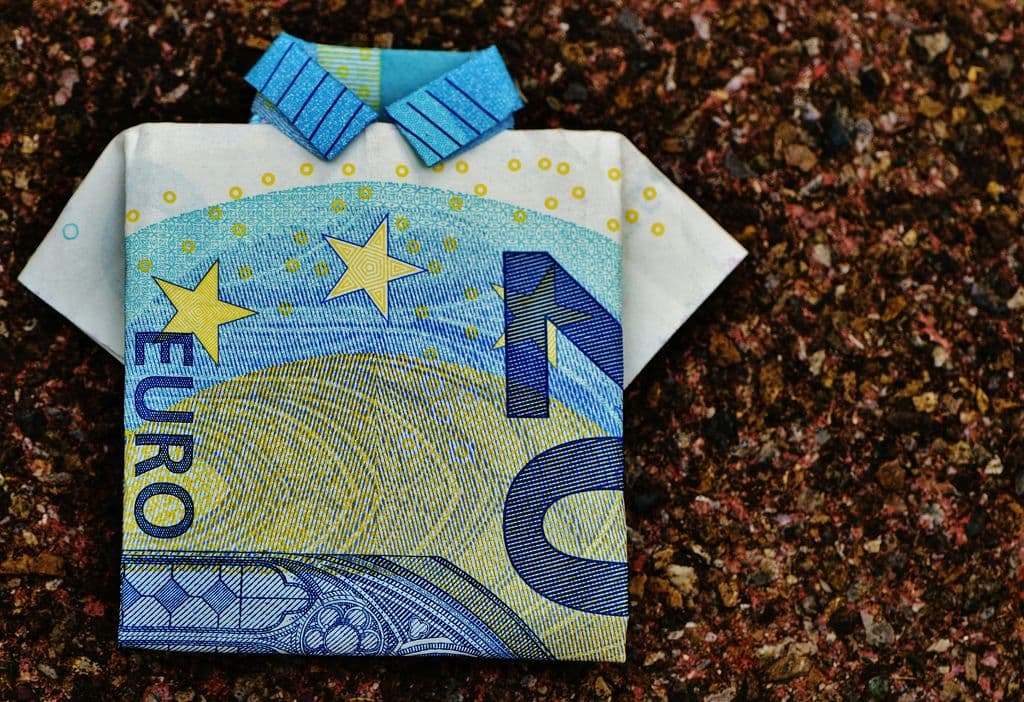Why Non-Cash Gifts Are Becoming Increasingly Important as Employee Benefits
Non-cash gifts offer an attractive way to reward employees without increasing their tax burden. They’re not only a sign of appreciation but also tax-advantaged—provided the legal framework is respected.
Tax Advantages:
Employers can grant their employees up to €50 per month tax- and social security-free as a non-cash benefit (§ 8 para. 2 sentence 1 EStG). This includes vouchers, fuel cards, gym memberships, or digital perks.
Motivation:
Non-cash gifts are a great way to show appreciation without directly increasing salaries. They offer added value to employees and help strengthen loyalty to the company.
The Problem with Cash Gifts:
Cash gifts are always subject to tax and increase payroll-related costs. Non-cash gifts, on the other hand, remain tax-free as long as the exemption limits are observed—making them a cost-effective alternative.
Tax-Free Gifts: Key Rules at a Glance
To ensure non-cash gifts remain tax-free, the following rules must be followed:
- Non-Cash Benefits:
Up to €50 per month can be granted tax-free in addition to salary. Examples include meal vouchers, mobility budgets, or benefit cards. - Gifts for Personal Occasions:
For personal events such as birthdays or weddings, employers can give up to €60 tax-free per occasion—up to three times per year. - Important:
If the exemption limits are exceeded, the entire amount becomes taxable. It’s crucial to stay within the defined limits.
Flat-Rate Taxation: Flexibility for Higher Amounts
For non-cash gifts exceeding exemption limits, § 37b EStG allows for flat-rate taxation:
- Flat-Rate Taxation:
A flat tax of 30% (plus solidarity surcharge) on the value of the gift is paid by the employer. Example: A €100 gift costs the employer €30 in flat tax, while the employee receives the full value. - Advantage:
Flat-rate taxation simplifies payroll processing and avoids additional tax burdens for employees. - Social Security Contributions:
Benefits taxed under § 37b EStG are subject to social security contributions.
Best Practices: How to Use Non-Cash Gifts Effectively
- Flexible Solutions:
Digital benefit cards (e.g., prepaid Mastercards) allow employees to choose how they spend their perks—on shopping, mobility, or wellness. - Sustainability:
Eco-conscious gifts like bike leasing programs, public transport passes, or organic vouchers appeal to environmentally aware employees. - Communication:
Clear guidelines—such as monthly budgets and usage policies—help increase acceptance and prevent misunderstandings.
Why Tax-Optimized Gifts Pay Off
- Employee Retention:
Tangible appreciation leads to higher satisfaction and stronger loyalty. - Cost Efficiency:
Lower payroll-related costs compared to salary increases make non-cash gifts a smart alternative. - Future-Proofing:
Modern benefits are well-suited to hybrid work environments and diverse employee needs.
Conclusion
Tax-free non-cash gifts and perks are a powerful way to reward employees while optimizing tax liabilities. With the right planning and communication, you can boost motivation and save costs at the same time.



